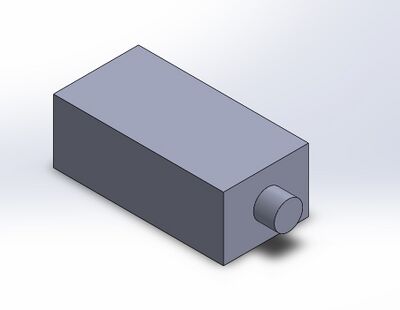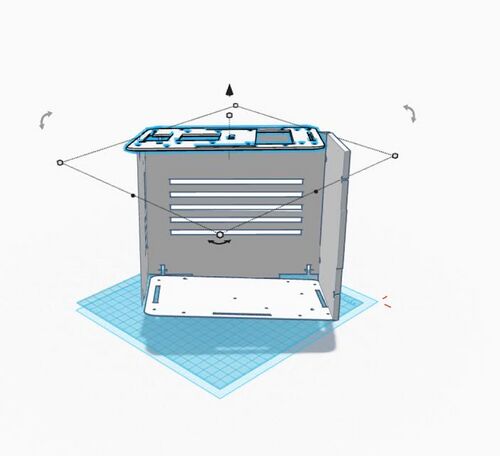BME100 f2015:Group1 8amL6
| Home People Lab Write-Up 1 | Lab Write-Up 2 | Lab Write-Up 3 Lab Write-Up 4 | Lab Write-Up 5 | Lab Write-Up 6 Course Logistics For Instructors Photos Wiki Editing Help | |||||||
|
OUR COMPANY
LAB 6 WRITE-UPBayesian StatisticsOverview of the Original Diagnosis System Our BME 100 class tested multiple patient samples using the PCR testing process. There were 17 teams each consisting of 6 scientists (students). Each group was given two patient samples to test for the SNP disease. Overall, 34 total patients were tested by the groups. In order to prevent error during the testing, we tested the patient's samples three times each to give us multiple results to compare. On top of that, we took extreme care when handling the samples and measured them precisely to ensure that accurate test samples were used. When analyzing the fluorimeter image results, we made sure to use the same settings on ImageJ for each image. This ensured that our calculations were acquired through the same method each time. The classes data presented some challenges for analyzing testing results. Ten of the 34 patient test results were inconclusive/not available. This made it difficult to properly analyze the date in the big picture since test conclusions were missing. These errors could have been the result of faulty calculations or procedural errors by certain groups. What Bayes Statistics Imply about This Diagnostic Approach
The results for calculations 3 and 4 were used to determine the effectiveness of the PCR test in predicting the development of the disease. The Bayesian statistics value for these calculations was closer to .50 (50%). The lower values for these calculations show that the PCR test is not always reliable in predicting the development of the disease. While it will work effectively sometimes, it will not be a consistent test for predicting the development of SNP. An error that could have occurred during the PCR process is that a team could have mixed up the samples of DNA that they were testing, which would give faulty test results. Some teams got inconclusive results for their tests, which could be due to calculation errors through the lab process. These inconclusive results make it difficult to calculate accurate Bayesian statistics because the numbers would be more precise if all of the teams had included the correct test results. The inability of some groups to determine test results had a negative impact on the Bayesian results. Intro to Computer-Aided DesignTinkerCAD Our new Fluourimeter contains a height adjuster mechanism. It's a simple dial which can move the sample up and down to match the height of the camera. We decided to place a magnetic lid on the PCR machine. This will lead to easier and better latching of the device.
Feature 1: Consumables
Feature 2: Hardware - PCR Machine & FluorimeterOur group has decided that we will change the lid on the PCR machine to be magnetic, leading to easier and better latching of the device. We also decided to add a height adjustment mechanism to the fluorimeter, so that users of the device can move the fluorimeter box up and down based on the height of the camera. This would be made by putting a cage around the fluorimeter with four rods on each corner that have holes in them that the fluorimeter can hitch onto, and hold a specific height.
| |||||||







